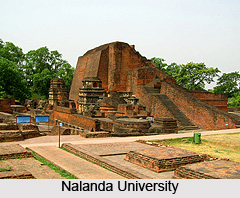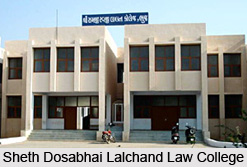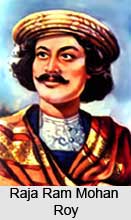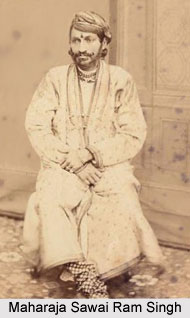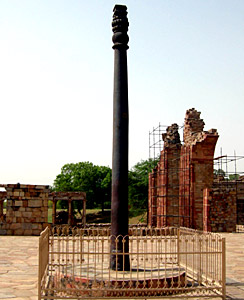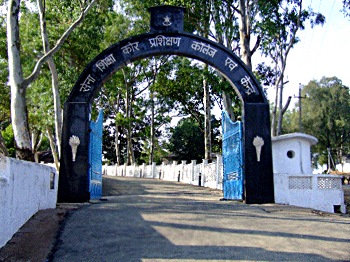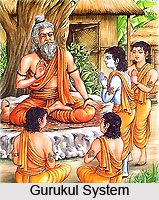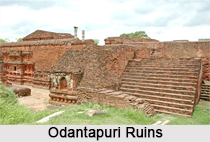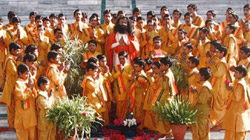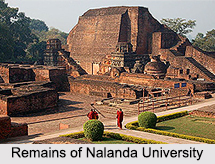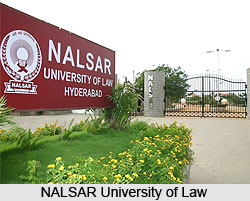 Nalsar Entrance Test is the mode of admissions into its BA LLB and LLM courses. National Academy of Legal Studies and Research (NALSAR) admits candidates to its several BA LLB and LLM degree courses through CLAT or Common Law Admission Test. NALSAR is considered as one of the 12 national law universities of the country. NALSAR or National Academy of Legal Studies and Research University of Law was founded in the year 1998. This law university was established under the National Academy of Legal Studies and Research University Act. This national level law university is a completely residential university. This university has been recognised by the University Grants Commission.
Nalsar Entrance Test is the mode of admissions into its BA LLB and LLM courses. National Academy of Legal Studies and Research (NALSAR) admits candidates to its several BA LLB and LLM degree courses through CLAT or Common Law Admission Test. NALSAR is considered as one of the 12 national law universities of the country. NALSAR or National Academy of Legal Studies and Research University of Law was founded in the year 1998. This law university was established under the National Academy of Legal Studies and Research University Act. This national level law university is a completely residential university. This university has been recognised by the University Grants Commission.
t
The candidates need to remember that the admission to the NALSAR University of law is through CLAT that is why the candidates should have to apply for CLAT. They can obtain the application forms of CLAT through certain designated branches of State bank of India and Indian Bank by making the payment of the requisite amount. They can also get the forms from the participating National Law Schools. Alternatively, the application form can also be downloaded from the official website of the conducting body of CLAT. Moreover, the candidates can also send a written request along with a bank demand draft of the requisite amount from the CLAT office.
Eligibility Criteria for Nalsar Entrance Test
The eligibility requirement for admissions in BA LLB course is a pass in the 10+2 or any equivalent examination from a recognized university with a minimum of 50% of marks in aggregate (45% for SC/ST candidates). Students who are appearing for their 12th standard examination are also eligible to apply. The minimum age limit is 20 years (22 years for SC/ST candidates). For admissions in the LLM course, the candidates need to have passed the LLB degree with a minimum of 55% in aggregate (50% for SC/ST candidates). Final year students can also apply.
Courses Offered in National Academy of Legal Studies and Research (NALSAR)
• 5 Year integrated B.A., LL.B(Honours)
• LL.M. (Master of Laws)
• M.Phil. (Master of Philosophy)
• Ph.D. (Doctor of Philosophy)
• One Year Postgraduate Diploma programmes in -
> One Year postgraduate Diploma in Patent laws
> One Year Postgraduate Diploma in Media law
> One Year Postgraduate Diploma in Cyber Laws
> One Year Postgraduate Diploma in International Humanitarian Law
Pattern of Nalsar Entrance Test
The B.A LLB test is of 2 hours duration and it carries a total of 200 marks. There is no system of negative marking for wrong answers and it comprises of objective types of questions. The various sections of this entrance test include - English, General Knowledge, Mathematics, Legal Aptitude and Logical Reasoning.
The LLM entrance test includes four main sections (each carrying 50 marks). The first section carries questions for testing English language. Second section carries short note writing on topics based on the subject. Third section asks the questions to write essay on Indian Constitutional Law and in the fourth section, the candidates are required to write short essay on the topic of jurisdiction.
Syllabus for Nalsar Entrance Test
The students need to prepare for English language and relevant topics associated with Law and Indian Constitution. The LLB entrance syllabus is same as that of the 12th standard.
Selection Process of Nalsar Entrance Test
The candidates are selected on the basis of the performance in the written screening test followed by an interview.
Hence, all the students who are interested in pursuing the under graduate and post graduate law courses should clear the Nalsar Entrance Test.
